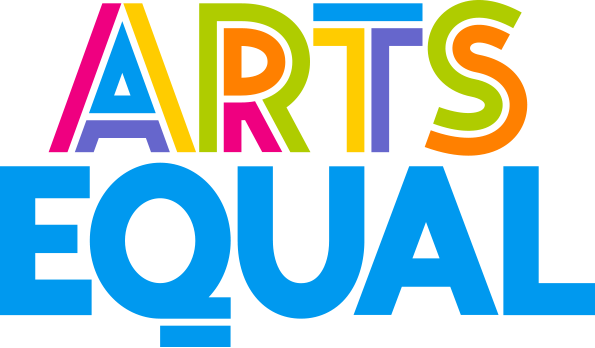Kirja: Taide luo toivoa ympäri maailmaa - Kirja: Taide luo toivoa ympäri maailmaa - Artsequal
null Kirja: Taide luo toivoa ympäri maailmaa
Miten luoda toivoa toivottomilta vaikuttavissa tilanteissa? Kysymykseen pureudutaan Routledgen uunituoreessa kirjassa Critical Articulations of Hope from the Margins of Arts Education.
Kirjan ovat toimittaneet Taideyliopiston tanssipedagogiikan professori Eeva Anttila ja Aalto-yliopiston taidekasvatuksen professori Anniina Suominen. Kirja on osa Taideyliopiston koordinoimaa ArtsEqual-hanketta.
Kirjan aluksi tekijät luettelevat ongelmia, joiden kanssa ihmiskunta kamppailee parhaillaan: Luonnonkatastrofit, poliittiset kriisit, pitkittyneet väkivaltaiset konfliktit, globaalien yritysten ahneus, perusihmisoikeuksien loukkaukset, muuttoliike, ympäristön ja taloudellinen köyhtyminen ja lisääntyneet vihamieliset asenteet.
Näiden ongelmien mittaluokka asettaa lukijan odotukset. Tässä kontekstissa tuntuu luontevalta kysyä, voiko taide pelastaa maailman.
”Taide voi olla mukana pelastamassa maailmaa ratkaisevalla tavalla. Siinä on potentiaalia joka on yhä käyttämättä”, vastaa kirjan toinen toimittaja, professori Eeva Anttila.
Anttila ottaa esimerkiksi ilmastonmuutoksen. Miksemme kasvattaisi seuraavasta sukupolvesta taiteen ja kulttuurin tuottajia ja uudistajia sen sijaan, että teemme heistä massakulttuurin ja uusiutumattomien luonnonvarojen kuluttajia?
”Taiteen avulla voi ilmaista itseään, tutkia identiteettiään ja kokea merkityksellisyyttä ilman aineellista kuluttamista. Taide voi toimia vastavoimana markkinatalouden kulutushoukutuksille.”
Anttilan mukaan esteettinen herkkyys ja havaintokyky tukee ympäristöstä, toisista ihmisestä ja itsestään välittämistä. Se on taiteen voiman perusta.
Kirjassa pureudutaan taiteen parantavaan voimaan.
”Taide voi tehdä paljon hyvää yhteisöissä, joissa on koettu traumoja, vaikka ei puhuttaisikaan suoranaisesta taideterapiasta. Olivatpa olosuhteet millaiset tahansa, jos vaan voi tehdä jotain, mikä antaa toivoa ja mielekkyyttä, se voi olla ihmisille ratkaisevan tärkeää”, Anttila painottaa.
Kirja sai alkunsa toimittajien havainnosta, että suuri osa taidekasvatusta käsittelevästä kirjallisuudesta on jollain tavalla kytköksissä anglo-amerikkalaiseen akateemiseen kontekstiin. Tässä teoksessa näkökulmat tulevat maailman marginaaleista.
”Halusimme, että toisin kuin yleensä, tässä kirjassa ääneen pääsevät ne, joita ei vielä tunneta. Halusimme myös näyttää, millaisissa olosuhteissa taideprojekteja tehdään, jotta me vauraissa olosuhteissa elävät ymmärtäisimme oman etuoikeutetun asemamme ja sen, miten valtavia erot eri olojen välillä ovat.”
Lisätietoa:
Critical Articulations of Hope from the Margins of Arts Education -teos
